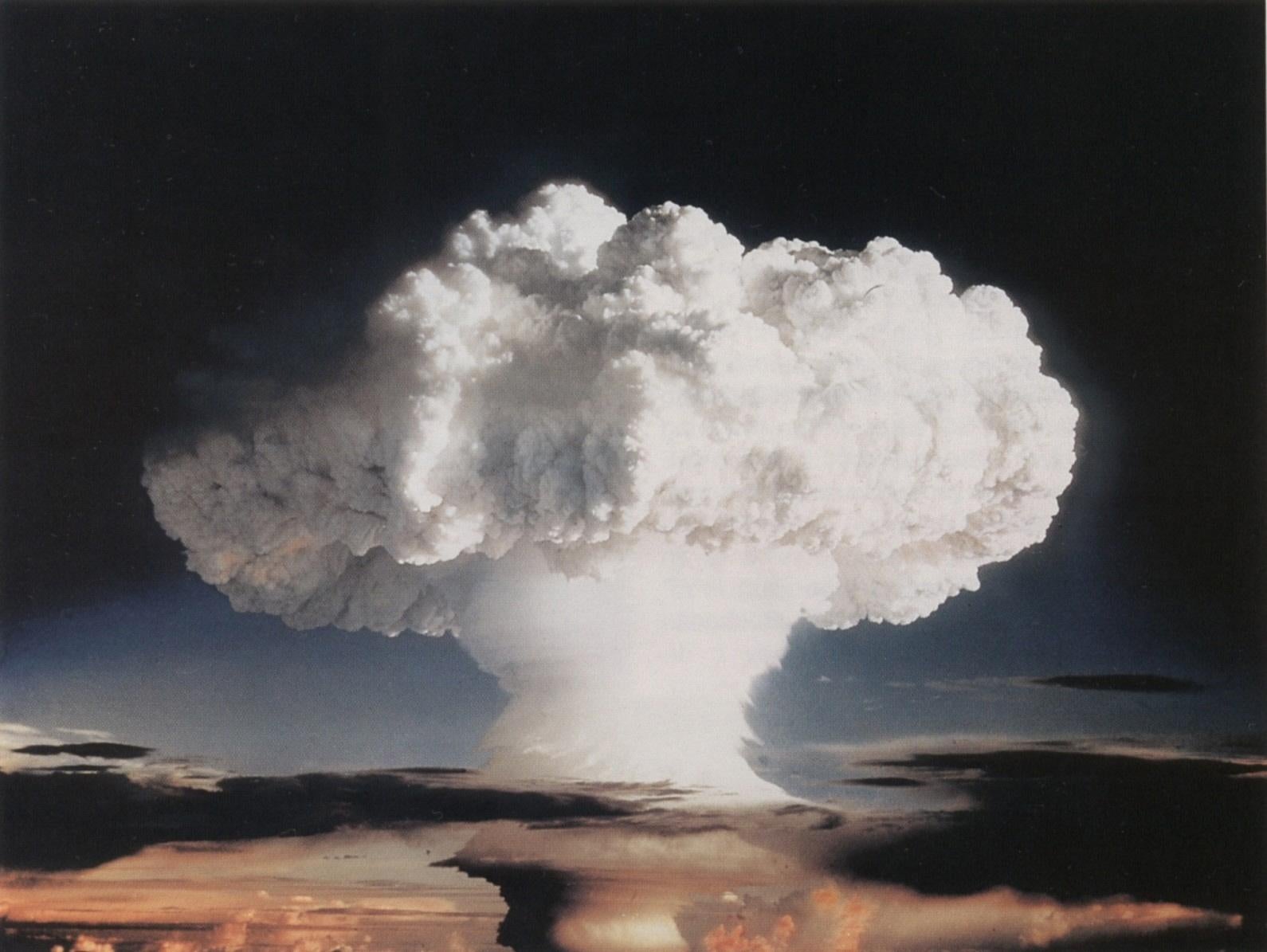One map that shows every nuclear explosion in history
There have been 2,624 nuclear explosions since the technology was developed

North Korea flexed its nuclear muscle in January, detonating its fourth successful bomb and unleashing a 5.1 magnitude earthquake.
In the face of crippling international sanctions, Kim-Jong Il warned of "pre-emptive attacks" and said that the pariah nation was preparing nuclear weapons "so as to be fired any moment."
But North Korea is only the latest nation to have developed nuclear weapons technology. This interactive map, created by Esri UK, shows all 2624 successful nuclear detonations since the USA developed atomic weapons technology during the Second World War:
See here for the map in a new tab
The first successful nuclear detonation in history was the Trinity test, carried out by the United States Army in July 1945.
Describing the sight of the 20-kiloton explosion, nuclear scientist Dr Robert Oppenheimer said: "We knew the world would not be the same. A few people laughed, a few people cried. Most people were silent. I remembered a line from Hindu scripture... 'Now I am become Death, the destroyer of worlds'."
In August 1945, the United States dropped nuclear bombs on the Japanese cities of Hiroshima and Nagasaki. Including later deaths from radiation sickness, the bombs were responsible for killing nearly a quarter of a million people, all but 20,000 of whom were civilians.
This is despite the fact that only 1.7 per cent of the material in the Hiroshima bomb actually detonated. The Hiroshima and Nagasaki bombings remain the only wartime uses of nuclear weapons, but across the years that followed then successful nuclear tests proliferated across the globe.
In 1949, the USSR surprised Western intelligence services by detonating a Hiroshima-sized bomb some four years earlier than anticipated.
Britain followed suit with a similarly-sized detonation in Australian waters in 1952, while in 1960 France chose the Algerian desert to explode a device three times as powerful as the Fat Man bomb dropped on Nagasaki.
The most powerful nuclear weapon ever tested was the Tsar Bomba, a 50-megaton behemoth detonated by the Soviet Union in 1961. The resultant five-mile wide fireball was visible from 600 miles away, and the mushroom cloud reached seven times higher than the peak of Mount Everest. The bomb was up to 1,500 times more powerful than those dropped on Hiroshima and Nagasaki.

The largest nuclear weapon tested by the USA was the Castle Bravo bomb, which exploded with nearly three times the force predicted by US physicists. The resultant fallout drifted onto inhabited atolls nearby, causing radiation sickness and congenital birth defects.
A crew member on a nearby Japanese vessel also died of radiation-related infection, provoking an international outcry and inspiring the movie Godzilla.
Throughout the following decades, China, India and Pakistan all successfully detonated nuclear devices, while it is further alleged that Israel and South Africa may have tested nuclear weapons in secret. Having withdrawn from the Nuclear Non-Proliferation Treaty in 2003, North Korea first detonated a small nuclear device in 2006.
Larger North Korean explosions in 2013 and 2016 were met with condemnation by Nato, the United Nations and even China, one of North Korea's only allies. However, North Korean claims to have developed a hydrogen bomb continue to be met with scepticism by security experts.
In 1996, countries with nuclear capability signed the Comprehensive Test Ban Treaty. Though this has not yet been enforced, the last tests by the United States, the United Kingdom and Russia were in 1992, 1991 and 1990 respectively.
The map also charts non-military detonations of nuclear devices, primarily carried out by the USSR. These include the excavation of artifical harbours, explosions to collapse earth onto out-of-control fires in gas and oil fields, and tests intended to stimulate the production of natural gas.
Join our commenting forum
Join thought-provoking conversations, follow other Independent readers and see their replies
Comments
Bookmark popover
Removed from bookmarks